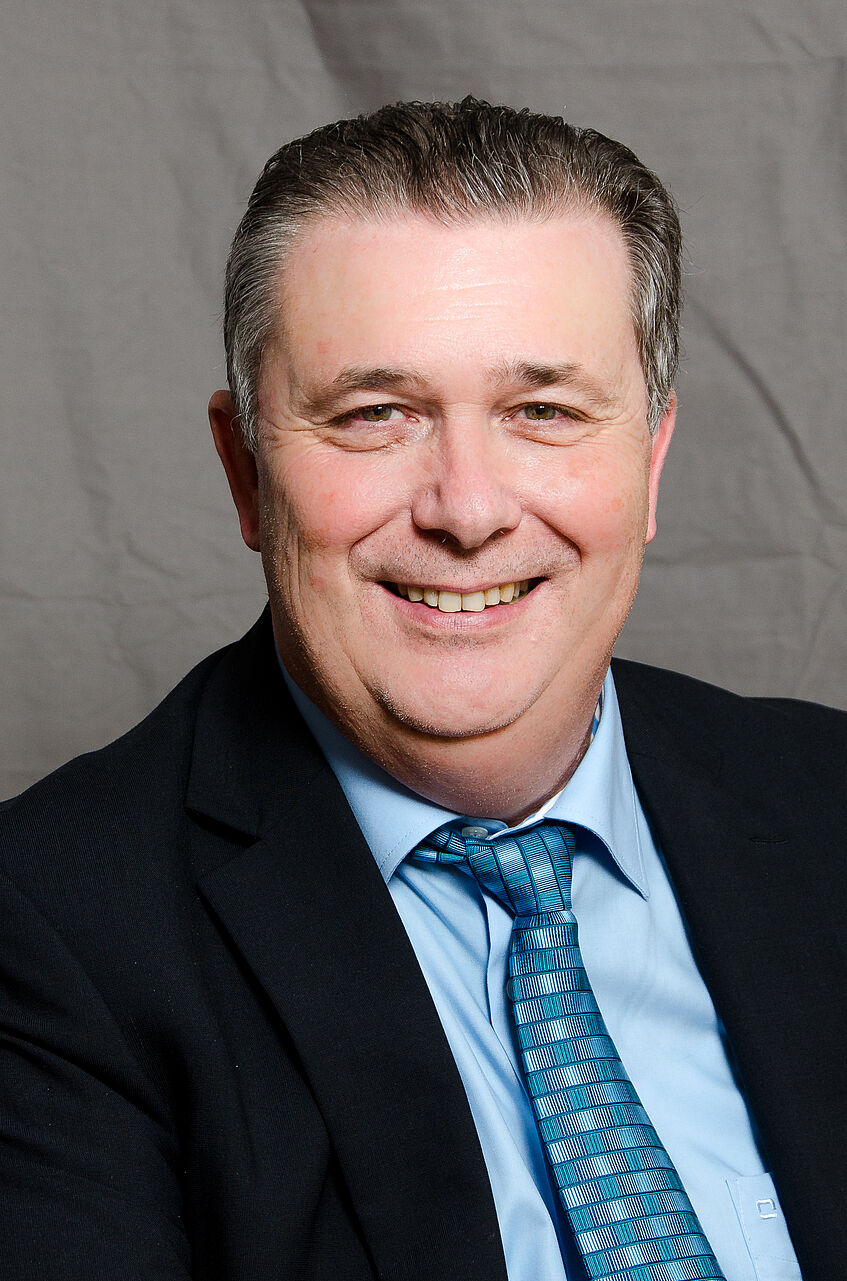Gerhard Haszprunar

Gerhard Haszprunar
University of Munich, Munich, Germany
Already during my education and heavily influenced by my supervisor, Luitfried Salvini-Plawen (Univ. Vienna), I became interested in Mollusca with a strong focus on Gastropoda, later also on Monoplacophora. I focused on the fine-structure of sensory organs and on microanatomy and have become one of the fathers of the current phylogenetic system of Gastropoda, but I still try to get a better understanding of early gastropod evolution. I widened my interests to the old question of segmentation in Monoplacophora (no, they are not), the ancestral (yes, I still think they are) role of the aplacophoran classes and thus Mollusca in general. Influenced by Reinhard Rieger (Univ. Innsbruck) I did some contributions on deep phylogeny of spiralian phyla and in particular on the basal position of Acoelomorpha.
More than 10 years ago and now in Munich, I became involved in the world-wide campaign of DNA-barcoding in strong collaboration with Paul Hebert at Univ. Guelph (Canada), later on also with Johann-Wolfgang Wägele (Zoological Museum Bonn). My institution (ZSM) is world-second in providing samples and data releases (correlating Linnean names and DNA-barcodes) in order to get a reference library for all metazoans in Bavaria (Germany, mid-Europe). Currently we have reached about 60%, but some big gaps (“dark taxa”) mainly concerning Diptera, Hymenoptera and soil organisms in general remain to be covered. In parallel we try to widen the subject in developing technical solutions for various applications of DNA-barcoding (pest control, food control, forensics, etc.) and types of environmental and metabarcoding, the latter have become most important recently because of the diversity decline discussion.
Last but no least my “hobby” concerns the interrelationships between (natural) science and (Christian) believe. I not only think that both are just compatible (yes they are), but that both aspects need each other for a full understanding of our cosm.
More on Gerhard Haszprunar's work can be found here.
Kakani Katija

Kakani Katija
Monterey Bay Aquarium Research Institute, Moss Landing, USA
Originally an Aerospace Engineer, Kakani Katija received her Ph.D. in Bioengineering at the California Institute of Technology specializing in biological fluid mechanics and in situ imaging methods. As a Bioengineer, Katija is dedicated to developing underwater technologies to better observe biological and physical processes where they happen in the ocean. Her research and engineering development efforts have contributed to our understanding of nutrient cycling and biologically induced mixing of the oceans, ecomechanics of gelatinous and soft-bodied invertebrates in deep-sea environments, and bioinspired engineering design. She is currently a Principal Engineer at the Monterey Bay Aquarium Research Institute (www.mbari.org), where she leads the Bioinspiration Lab (www.bioinspirationlab.org). Katija and members of her team develop tools and platforms that include (1) advanced imaging tools (DeepPIV and EyeRIS; www.mbari.org/technology/emerging-current-tools/instruments/technology-deeppiv/) to measure biological-physical interactions in the ocean, (2) electronics tagging packages (ITAG; https://animalbiotelemetry.biomedcentral.com/articles/10.1186/s40317-015-0076-1) to deduce organism behavioral response to a changing environment, and (3) autonomous underwater vehicles using stereo tracking to observe marine animals in midwater for long durations. Katija was named a National Geographic Emerging Explorer in 2011 and a Kavli Research Fellow in 2013, and she has received generous funding support from the David and Lucile Packard Foundation, Gordon and Betty Moore Foundation, National Geographic Society, National Oceanic and Atmospheric Administration, and National Science Foundation.
More on Kakani Katija’s work can be found here.
Néva Meyer

Néva Meyer
Department of Biology, Clark University, Worcester, USA
Néva Meyer is an Associate Professor in the Biology Department at Clark University in Worcester, Massachusetts, USA. Néva earned a Ph.D. from the University of Washington in Seattle, Washington, USA in 2005 for her work examining how different types of neurons are patterned along the dorsal-ventral axis of the chick and mouse spinal cord. As a result of her graduate studies, Néva became interested in the broader question of how nervous systems evolved. She began to address this question as a postdoctoral researcher studying annelid development in Dr. Elaine Seaver's lab at Kewalo Marine Lab, University of Hawaii in Honolulu, Hawaii, USA. She started her lab at Clark University in 2011 where her research continues to address questions of annelid and spiralian development with the goal of gaining a better understanding of how animal body plans evolved and diversified.
More on Néva Meyer’s work can be found here.
Shannon Olsson

Shannon Olsson
NCBS, Tata Institute of Fundamental Research, Bangalore India
Prof. Shannon Olsson heads the Naturalist-Inspired Chemical Ecology (NICE) group at the National Centre for Biological Sciences (NCBS), Tata Institute of Fundamental Research in Bangalore. The NICE group is particularly interested in how animals, and especially insects, identify objects across different environments. Their work traverses Himalayan meadows, ecologically sustainable agriculture in the Western Ghats, and pollution in Bangalore - anywhere insects are important, which is nearly everywhere on Earth. Prof. Olsson completed her Ph.D. at Cornell University in Neurobiology and Behavior and Chemical Ecology. She then worked at the Max Planck Institute for Chemical Ecology in Jena, Germany, as a Project Leader where she collaborated with engineers to develop an artificial chemical communication system based on insect chemical communication. A Fulbright Scholar and Ramanujan Fellow, Prof. Olsson is part of a large effort to promote chemical ecology in India. Her work is featured at several popular venues including TEDx, INK, Microsoft Research, SAP Labs, the Dublin Science Gallery, the DST Science Express train across India, and the Victoria and Albert Museum in London. Her favorite thing about being a scientist is the privilege to observe and learn, every day, something completely new, and the possibility that the something new could make a positive difference in this world.
More on Shannon Olsson’s work can be found here
